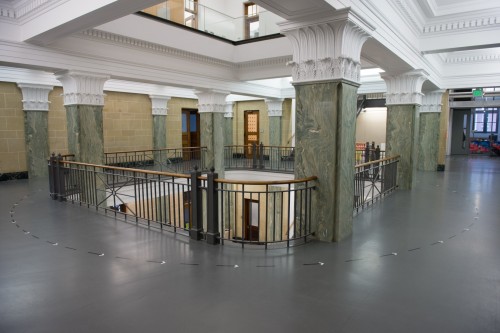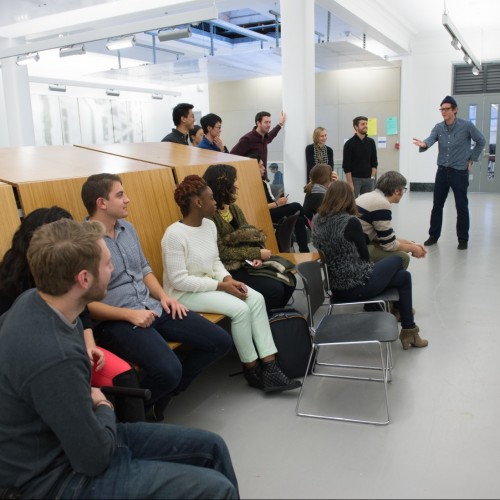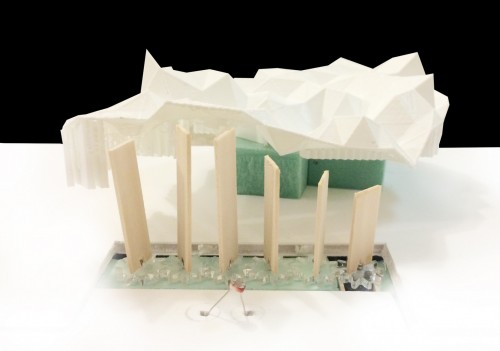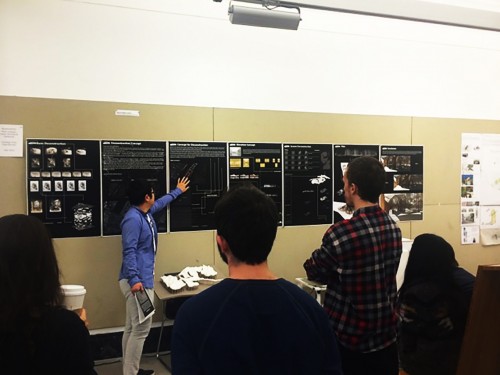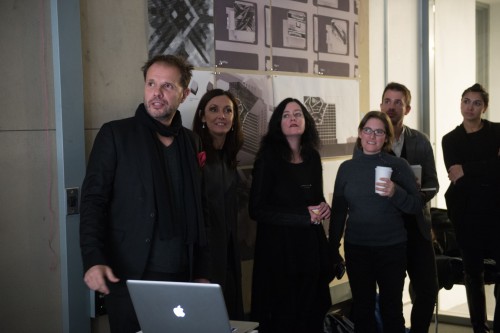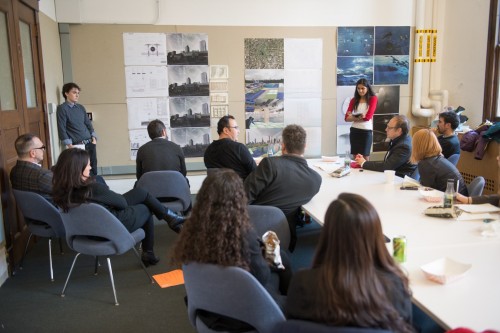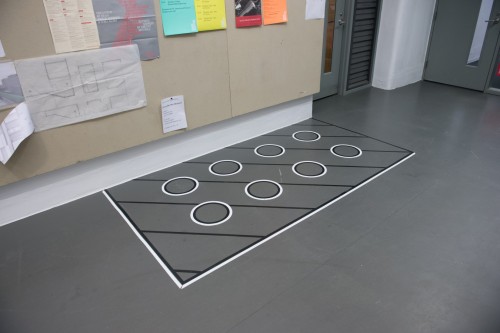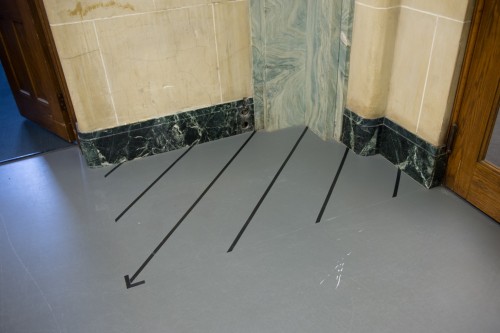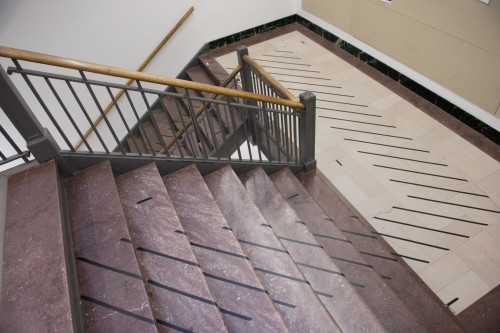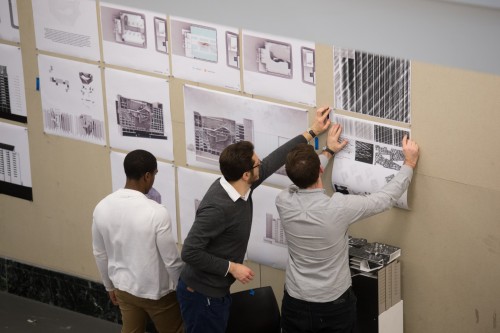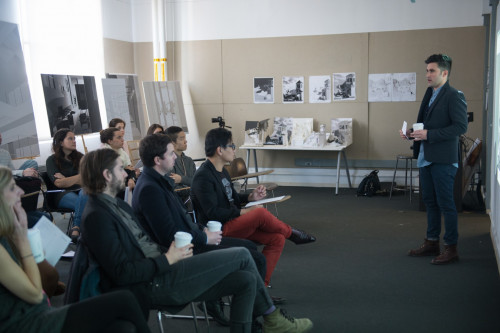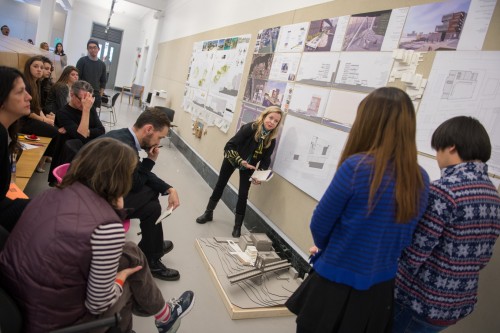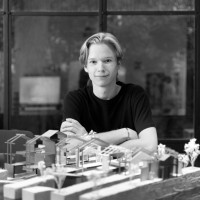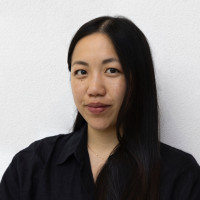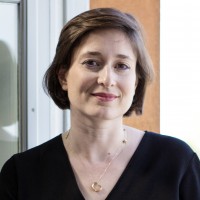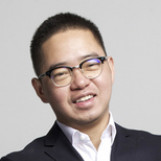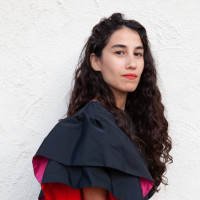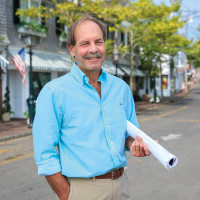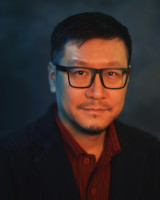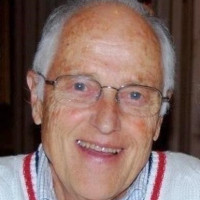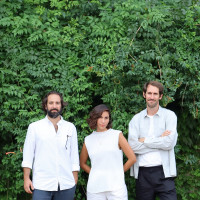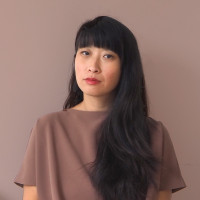Four months of work comes down to one critical moment: the review. In architecture, every project, whether it’s been meticulously designed over a period of months or just hours, is subject to criticism and change. The key to composure is flexibility and professionalism.
by Sydney Franklin, Goldring Arts Journalism Program
This semester, fourth year undergraduate and graduate students participated in seven different visiting critic studios, learning to design larger-scale projects and clearly present their ideas to critics. Deconstruction, wholeness in architecture, illusion and realism were just some of the topics explored in these studios where students were challenged to develop creative and original projects based on their in-class learning.
Earlier this week, students presented these projects to visiting guest critics for professional review. For three days, Slocum Hall was full of people touring each project and catching moments of critical discussion.
Fengqi Li, a graduate student in the studio taught by Bureau V architect’s Peter Zuspan, Stella Lee, and Laura Trevino, deconstructed Manhattan’s famous city grid to fit his amorphous, horizontal museum into the towering skyline. His goal was to change the visitor’s perception of New York City.
“How does the shape support the city?” he said. “How can I change the shape of the building to change people’s feelings of entering the city?”
His elongated, twisting and open-space structure allowed him to explore the course’s theoretical discourse on architecture’s demise, or how deconstruction be turned into a positive new way of perceiving design.
Through these projects, Li and other students participated in cutting edge, real world architectural theory and practice. These studios were structured to teach them functional independence and help them transition into the last phase of architecture school as up-and-coming professionals.
Thomas Kelley, co-founder of Brooklyn and Chicago-based firm Norman Kelley, asked his students to focus on translating drawing techniques to public space, exploring how architecture can be assessed through optical value.
Michael Lima took this theory and asked: What happens when you go outside the lines?
Lima’s project, called “In Line”, centered on the reorganization of Slocum Hall, creating better circulation and efficiency through clearly marked zoning, signage and intervention.
“I was trying to see how people interpreted my paths,” he said. “I focused on the reorientation of the picture plane, dictating how people look at an image and use it to loosely follow a set of guided rules.”
Lima placed construction tape on the top floors of Slocum, directing people to walk and stop in certain places. This was his way of implementing his drawing skills into a ground plan. He suggested transforming every inch of the school into a graphic language.
“You can’t prescribe how people will do things,” he said. “But I wanted to know what motivated a drawing to actually something.”
Another student in Kelley’s studio centered her project around the symbol, character and complexity of the octagon. She projected a composite design onto the atrium floor of Slocum to demonstrate how the shape is underused in the building.
While Kelley’s studio was theoretically based, other studios had students designing physical commissions. Jill Leckner, a principal of SLAB architecture in Brooklyn, asked students to propose a building for 1 John Street on the north side of the Brooklyn Bridge Park, researching how “soft infrastructure” affects defining coastal boundaries.
Marcelo Spina, Georgina Huljich and Maya Alam from Los Angeles firm
P-A-T-T-E-R-N-S asked students to study the problems and possible solutions of adding onto landmark buildings, specifically focusing on the development of the 1970s monolith LA Mart, just south of downtown. Students were challenged to find out how the building can become a different cultural icon and serve as a catalyst for social and cultural development.
Visiting critics studios are meant to stimulate students’ theoretical skills and spur them towards success in thoughtful design and architectural discourse. While presenting work to developers and professional critics can be daunting, it’s necessary that students practice this invaluable skill before entering the competitive world of architecture.
